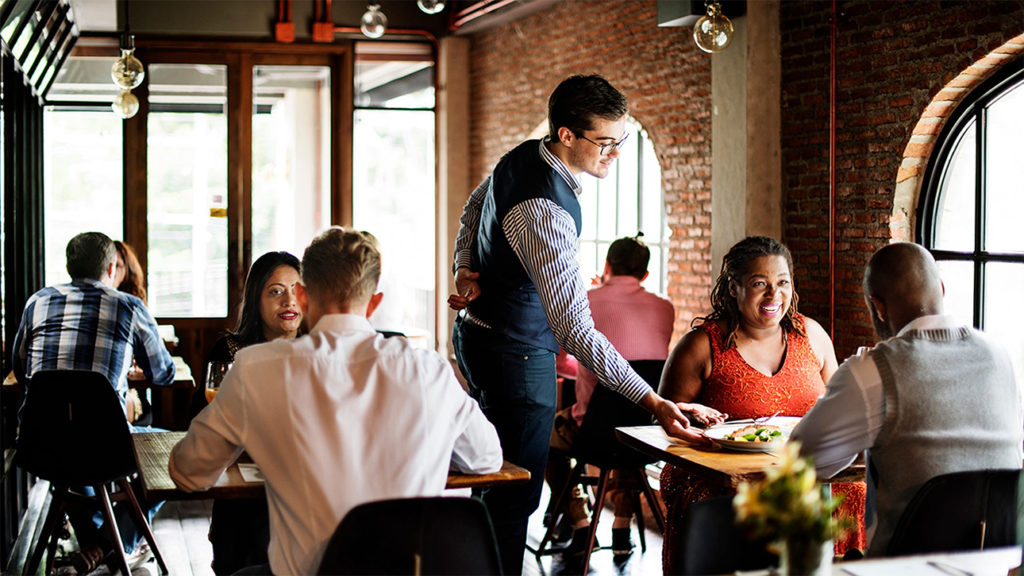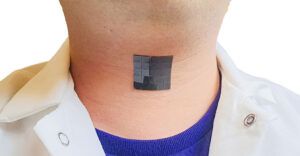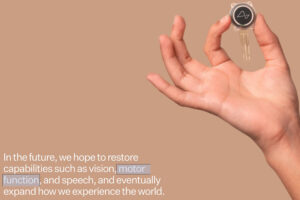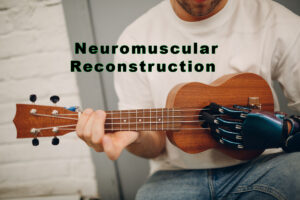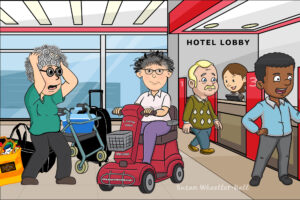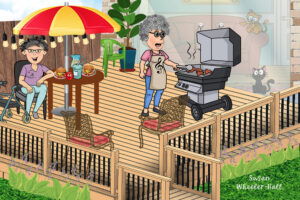Hospitality is something I think of in a close-to-home kind of way. Meaning, for me it differs from the travel and tourism industry. We’ll talk about that on another page. For now, we’ll refer to hospitality here in reference to local eatery establishments; a place where you would go to enjoy various types of cuisine along with the company of family and friends. I don’t know anyone who doesn’t enjoy a festive evening out but when accessibility is required there often are issues that cannot be overlooked. In many cases, patrons who use walkers, scooters or wheelchairs cannot get in. Again, a certain level of investigation is needed when planning evenings out.
My advice is to check for recommendations on internet lists compiled by others with disabilities or simply ask people around town. You just can’t rely on a phone call to the establishment because the standards of what accessible means still are not commonplace. To some degree, there are factors built within the ‘building code’ that claim to accommodate wheelchair patrons. The problem is there is a lot of confusion. Let me provide one such example. During the 1980s when access became more top of mind due to the International Year of the Disabled Person, proclaimed by the World Health Organization, new restaurants, in particular, were required by the building code to ensure a wheelchair accessible cubicle was configured within washrooms. Great! The problem was that beyond the washroom the rules fell short. It was not uncommon therefore to find eateries with accessible washrooms where their initial entrances had stairs, and perhaps more stairs within to access various levels of seating arrangements. (I am not making this up).
More often than not dining establishments located in trendy heritage type buildings – that may or may not have stairs at their entrance, have washrooms located on different levels than the main dining area. For such places the building code restrictions are nonexistent. It continues to be a hit and miss situation.
It may sound daunting, but overall people with disabilities clearly find ways to cope with this reality. Personally, I have trained my friends well on what I need to be comfortable and they in a sense act as my ambassadors and report to me about the place they go, as to whether or not it would be suitable for me.
Oh, and by the way, let me express very clearly to establishments that it does NOT feel hospitable to be offered the backdoor-through-the-kitchen-by-the-garbage route for those of us who need a stair free way of entry.
Being someone who ‘loves’ to dine out I can assure you I am not alone when I suggest to restaurants, build it …and I too will come to dine.

